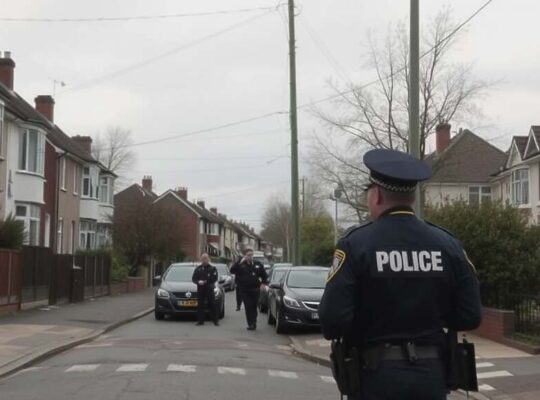A notable decline in injuries surrounding professional football matches in Germany’s top three leagues has been overshadowed by a surge in pyrotechnic offenses and persistent concerns regarding fan violence, according to a recently released report by the Central Information Office for Sports Deployments (ZIS).
The 2024/25 season saw a 17.2% drop in the total number of injuries, bringing the figure to 1,107. This includes a significant 48% reduction in injuries sustained by police officers, a welcome development for law enforcement agencies grappling with football-related incidents. However, the overall picture remains complex and points to ongoing challenges within the sport.
While acknowledging the reduction in physical injuries, the ZIS report highlights a troubling increase in the misuse of pyrotechnics. A staggering 73% rise in offenses, totaling 4,783 incidents, indicates a disregard for safety regulations and poses a continuous risk to spectators. These offenses resulted in injuries to 95 individuals, some of whom were uninvolved bystanders. Despite this, the police initiated 5,357 criminal proceedings, a decrease of 22% suggesting potential resource allocation shifts or altered enforcement strategies. Concurrently, restrictive measures, such as detentions, saw a marginally increase of 2.3%, reaching 6,028, indicating a tightening of enforcement despite fewer formal charges.
The report emphasizes that underlying issues of fan aggression remain a critical concern. Approximately 18,000 individuals within the supporter bases of the 53 clubs demonstrate a propensity for violence – representing a rise of 280 individuals. This escalation is underscored by incidents such as the October 2024 attack by roughly 100 individuals believed to be associated with FC Rostock on a special train traveling from Essen, demonstrating the potential for organized and widespread violence.
ZIS director Michael Madre has publicly urged football clubs to intensify their efforts in addressing violent offenders by rigorously enforcing stadium bans and proactively identifying individuals susceptible to aggressive behavior. The apparent disconnect between decreasing injury rates and the rising incidence of pyrotechnic offenses and fan violence underscores a need for a more nuanced and proactive approach from both clubs and law enforcement agencies, rather than simply reactive measures. The persistence of these issues challenges the narrative of a uniformly safer football environment and demands a critical reassessment of preventative strategies and accountability within the sport.












